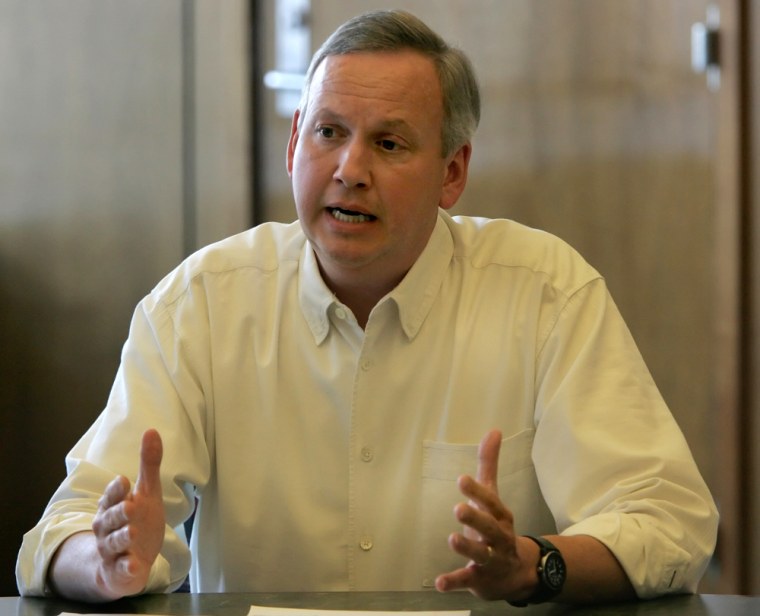Marilyn Brooks and her two children didn’t hear the gunshot that killed a teenage boy in an alley behind her home, but the slaying so traumatized her 9-year-old son that he spent the night at his grandmother’s house and refused to return home the next morning.
Thirteen people have been killed in Indianapolis in less than a week — a wave of bloodshed that has alarmed residents and civic leaders and led to stepped-up police patrols in the city’s trouble spots.
“It happened right outside my house — a boy died. When I heard about it, my heart just dropped to the ground,” said Brooks, 39. “I’ve never had anything like that happen so close to me. My kids don’t even want to go outside. What’s going to happen next?”
Even before the rash of killings stunned the city of about 863,000, Indiana’s capital was already on track for its bloodiest year since 1998, when 162 people died. So far this year, 91 people have been killed in Indianapolis.
The mayor has called the string of killings since last Wednesday an “extreme emergency” similar to a natural disaster. Six of the slayings took place within 24 hours over the weekend. The latest killing was the stabbing early Tuesday of a 39-year-old man.
Shift in strategy
The killings have continued even as the Indianapolis police and Marion County Sheriff’s Department have assigned more officers to the streets and extended their shifts by two hours, with some officers working up to 12 hours a day.
Police Chief Michael Spears said the shift in strategy, which includes saturation patrols in high-crime areas, has yielded dozens of felony arrests as officers stop more vehicles and question pedestrians.
Police said there is no common thread to the 13 killings, though they said many of the victims and suspects were young men who grew up in poverty and had messed with guns and drugs.
“When you start mixing that up with young people and drugs and guns, the results are very often tragic,” Spears said.
Violent surge early in 2006 also
The killing spree comes after police thought they had successfully addressed a surge in violent crime during the first three months of the year, with sharp drops in April and May. But that decline was short-lived.
On June 1, seven people were slain in an east side home. It was the city’s worst mass killing in 25 years.
Mayor Bart Peterson held an emergency meeting Saturday with police, prosecutors, judges and others to discuss the killings, and asked the City-County Council on Monday for an extra $54 million to combat the violence. The council is considering the request.
Officials are moving to free space in the county’s overcrowded jail to make room for those arrested during the crackdown. Marion County’s prosecutor plans to add eight deputy prosecutors to his homicide and handgun prosecution units, and county courts are moving to extend hours.
‘All want to be gangsters’
The recent wave of killings began only hours after Indianapolis leaders staged more than 300 neighborhood parties, including flashlight walks through high-crime areas, as part of the annual anti-crime event National Night Out.
“We need to get back to the values of human life, and nothing else. This ‘eye for an eye’ has got to stop,” said Shirley Purvitis, a retired Indianapolis police officer who coordinated the Aug. 1 event.
Olgen Williams, an Indianapolis activist, said young people in the city have fallen under the spell of gangsta rap and the violent lifestyle it portrays.
“They all want to be gangsters because they think that’s the thing to be. The girls want to have a boyfriend who’s a bling bling gangbanger,” he said. “In the media, if you market something enough, someone is going to buy it. And that’s what these kids are buying.”
